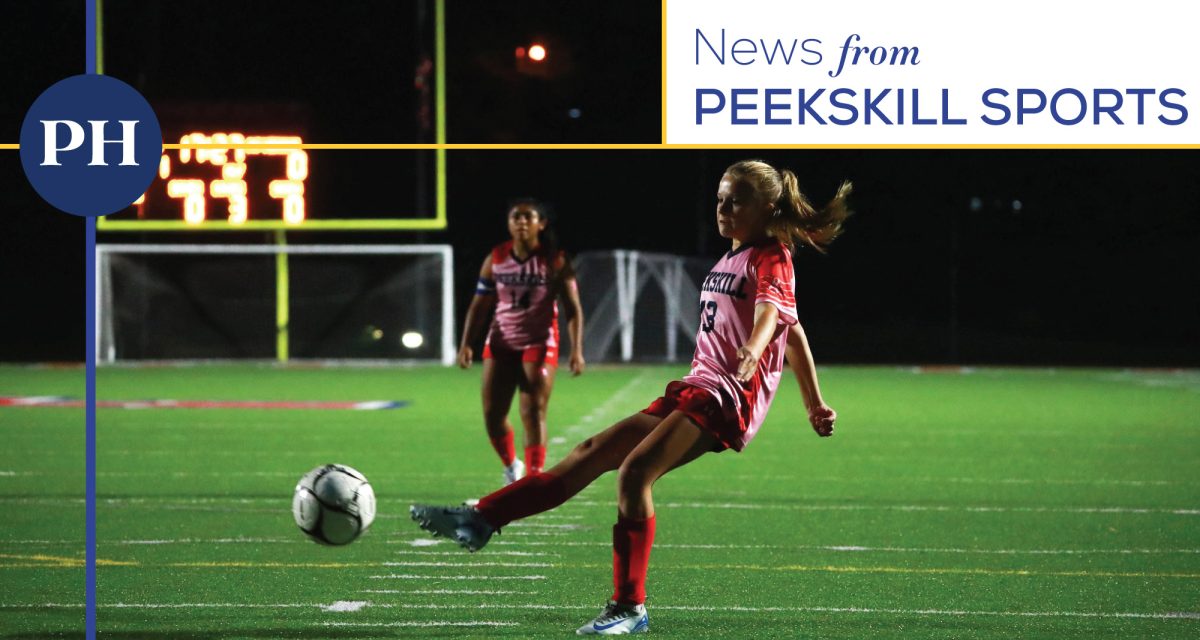A distraction-free environment can make a world of difference to a student’s academic success and that’s why Peekskill City School District administrators are examining whether cell phones have a place in the classroom or not.
Officials held two meetings on the topic last week. On Sept. 30, administrators met with the Superintendent’s Youth Advisory Council, comprised of students and faculty. The next day a small gathering of parents met to discuss the issue.
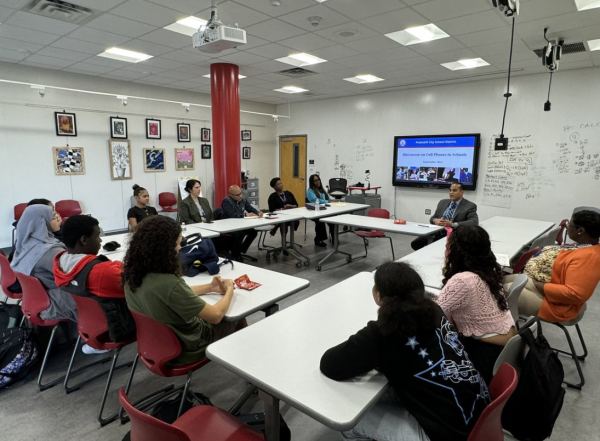
Attendees were presented with studies showing the negative effects of cellphone usage in children such as poor academic performance and depression. They also proposed two ideas that would restrict children’s access to phones in class.
One idea would have students upon entering a classroom place their phones into a numbered pocket system on the wall, akin to a mounted shoe holder. Another, inspired by a school in Pennsylvania, would have students place their phones into a personal storage pouch that could only be unlocked with a special magnetic device.

Meghan Sheldon-Brungard, a mother of two, told the Herald that the proposal of restricting phones in the classrooms saw near unanimous approval among parents at the meeting.
“I really like the concept that the school is pushing for the distraction free classroom, the idea that either it’s in their locker or they’re going to have some school wide system,” Sheldon-Brungard said.
“…As parents we encouraged them to create more information for us on good practices of how to help our kids with their phones.”
“The district is still in the stage of gathering feedback regarding cell phone use in schools. We have hosted a number of meetings with parents, students and teachers to receive their input on the subject,” said Laura Belfiore, district spokesperson.
Eight states have already passed state-wide policies to ban or restrict phone usage in schools, including California, Minnesota, and Virginia. New York Gov. Kathy Hochul has previously said that she would consider phone bans or restrictions.
Another supporter of phone restrictions, Meredith Harte, who was not at Tuesday’s meeting, said she thought the proposals could be beneficial both to teachers and students.
“Last year when I was at a teacher conference, (my son’s) teachers just seemed pretty defeated by the fact that they were having to monitor or try to police kids on their phones,” Harte said. “And I think they’re just getting to a point where they’re struggling to teach the kids because they are distracted by being on their phones all the time.”
Harte’s son, Wilson, a sophomore in high school said that some of his teachers already have restrictions in place. For classes where teachers do permit cellphone usage, he estimated that about 70 percent will use their phones for half the class.
“I would support restrictions, but there are definitely some moments where people need their phones ,” Wilson said. “I think banning wouldn’t be the move, I think there would be punishments for those people who were abusing that phone rule and so that not everyone has to be affected by whatever ban or restriction that is put in place.”
Kinga Portik-Gumbs, a mother of two and a registered dietitian who was at the parents meeting, said that either option could be a start to a solution. She felt that a systemized approach is needed so it’s not just one or two teachers with restrictions in classes.
While many parents supported the proposals, they still raised concerns about being able to communicate with their children during emergencies. Sheldon-Brungard said that officials told parents that Homeland Security recommended only teachers and staff have phones in an emergency or lockdown type situation because a child’s phone could alert them where they are or congest phone lines impeding their response to the scene.
“I would love for my child to always be safe and does having a phone on them all day keep safe? I don’t know,” Harte said. “The bigger question is why? Why are we in a situation where schools are not safe and that kids have to have their phones on them to feel safe, right? The question is why are kids bringing guns to school?”
Nell Marantz, an early childhood specialist said that because she knows there are a lot of means of communications for teachers within the schools she would feel safe with restrictions in place. Her daughter, Esme Smith-Marantz, a middle schooler, on the other hand would oppose a full ban.
“I feel like phones are a distraction,” Smith-Marantz said. “But they are useful for kids because if there’s an emergency, phones can be used to contact friends and family members because not all schools know all of the numbers to family members and friends like kids’ phones have.”
Marantz chose to give her daughter a phone that could only call and text in part because of the surgeon general warning about how detrimental access to social media at a young age can be. “Brains are not fully developed in their prefrontal cortex until their 20s, so I feel like they have less ability to be able to monitor and limit themselves at this age,” Marantz said.
“She hates us for it, she doesn’t want it to be this way. But we and a few of our friends have decided this is just what we’re going to do for a little while. I don’t know how long we can hold off. Probably by the time she gets to high school, we’ll have to give her a smartphone,” said Marantz.
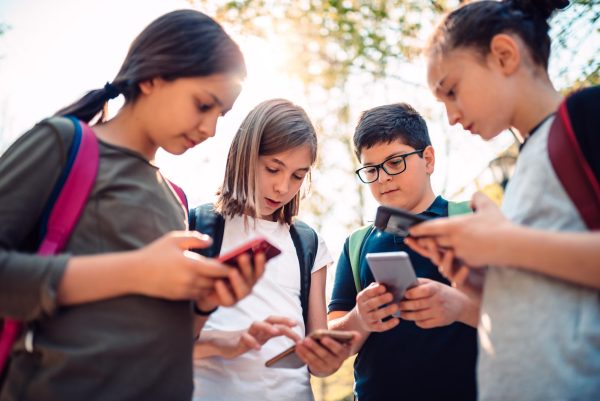
A craving to be on their phone all the time is not just an issue teens face. Several parents admitted to getting lost in endlessly scrolling through their feeds.
“This device offers us so much convenience and information, but it’s also such a double edged sword because you cannot put it down,” Harte said. “I long for the days where I had to run home and get my messages because you were disconnected all the time.”
This sentiment was shared by Portik-Gumbs. “I know myself that when you have a cell phone next to you, when you’re doing nothing and it’s just, ‘oh let me peek at it. Let me look at the message. Let me see if somebody messaged me,’” she said. “It can take much more time to get back in focus to the work that you tried to do, right? So that’s what we’re trying to do. We’re trying really to increase focus, increase academic performance and social performance. (Teens) are so locked into their phones, and their interactions with peers is almost like there’s only a phone that exists.”




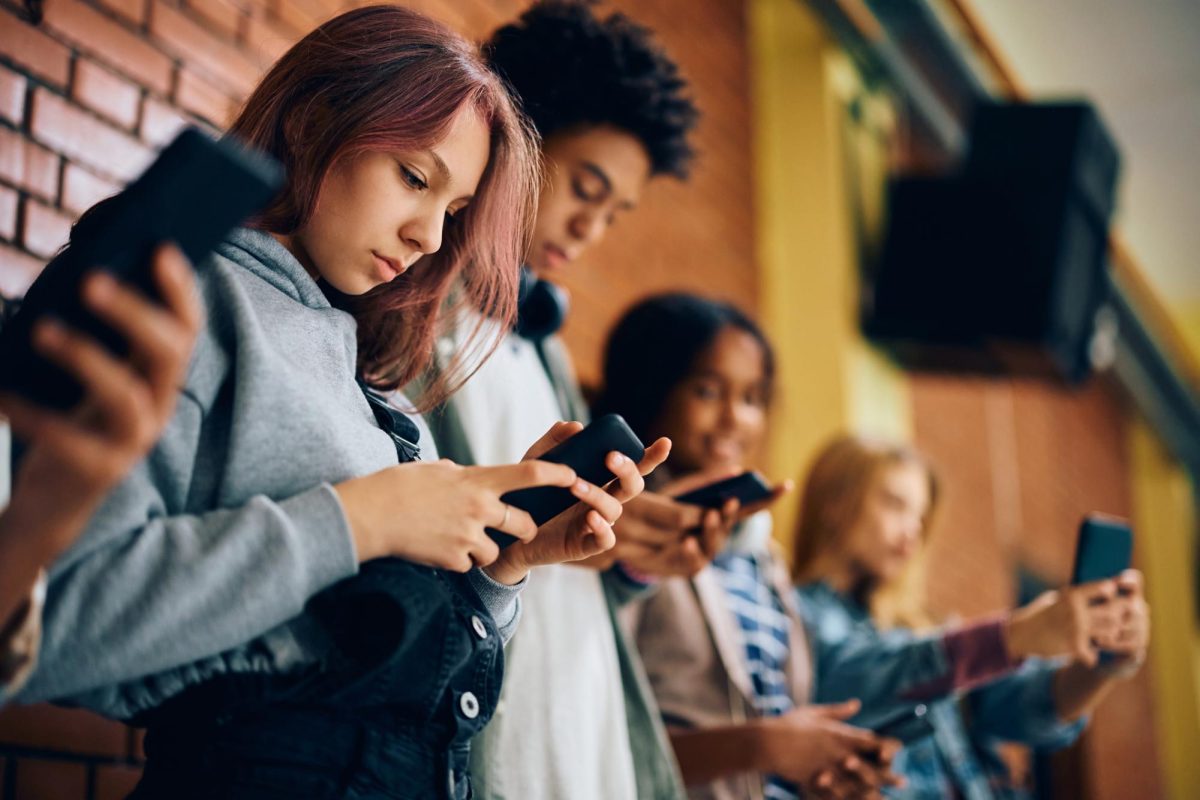








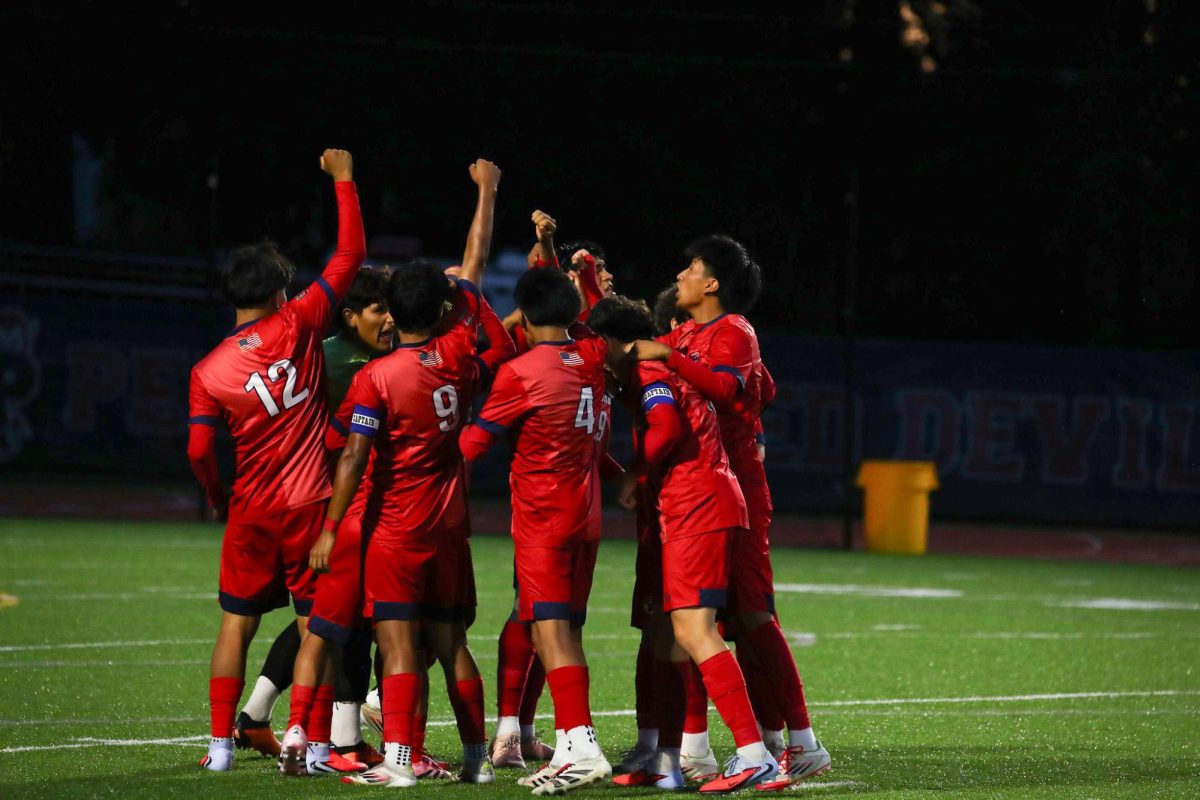
![Peekskill girls volleyball in action against Fox Lane on Oct. 16. (Peekskill City School District]](https://peekskillherald.com/wp-content/uploads/2025/10/Lead-photo-6-1200x640.jpg)

